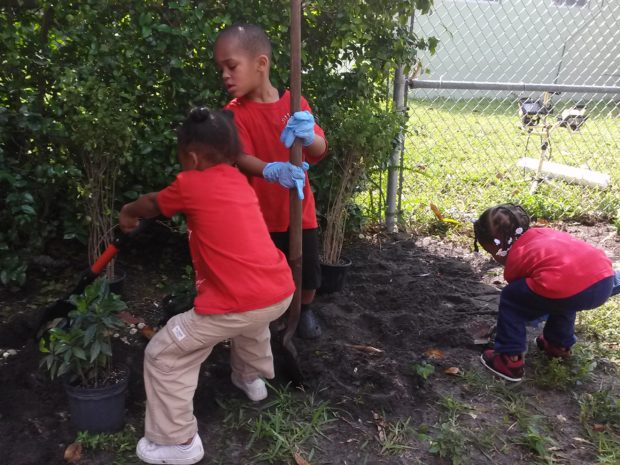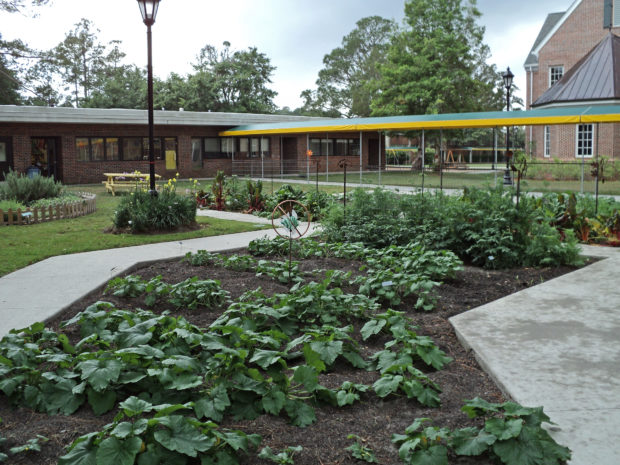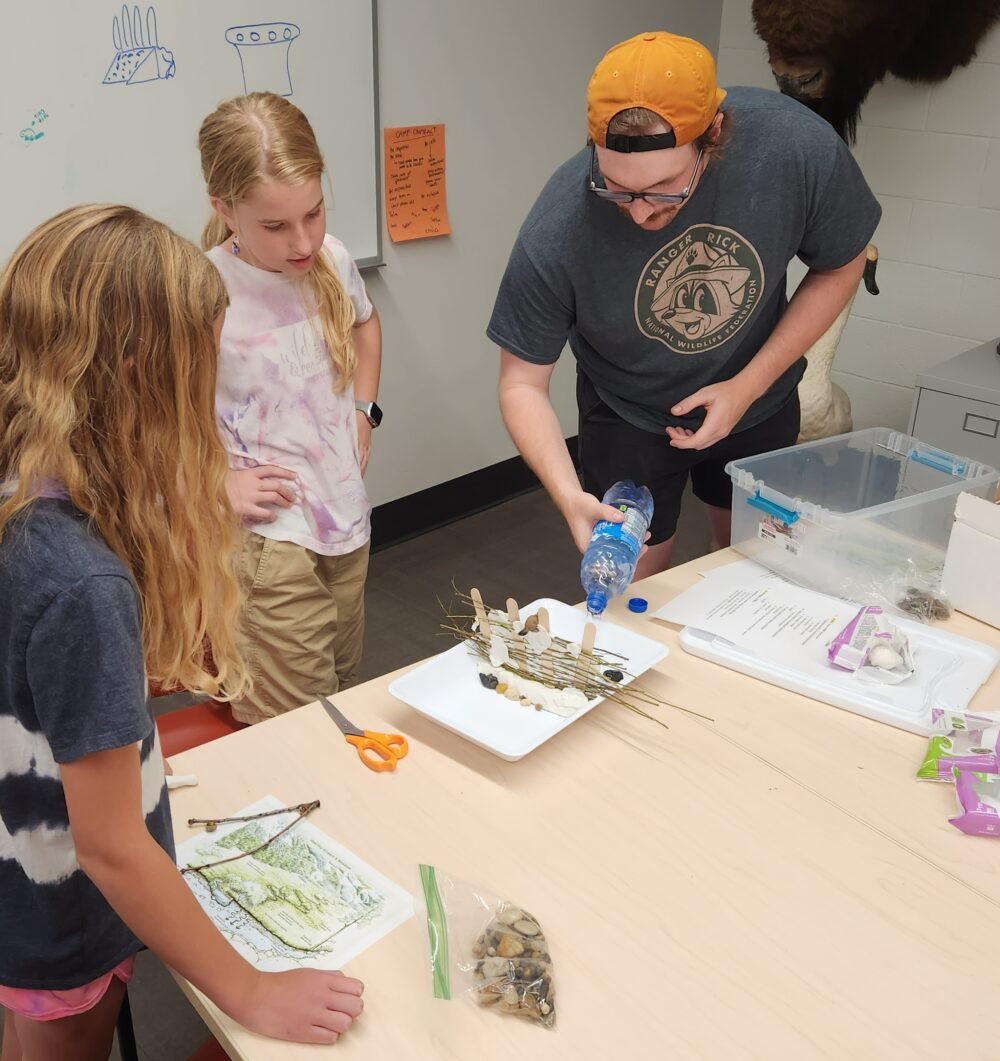We have much more to do and your continued support is needed now more than ever.
Eco-Schools USA Traveling Along the Pathways to Sustainability – Part 3
Imagine if your school district could cut energy usage by 10% or even 20%. Not only would the cost savings be dramatic, it would also reduce the environmental impact that goes along with energy consumption. In this third and final post in our series highlighting the 12 Eco-Schools USA Pathways, we focus on Energy, along with Water, Biodiversity and Sustainable Food. These pathways provide opportunities for students to use problem solving skills to address real world problems, such as finding effective ways to conserve energy and water, increasing biodiversity on school grounds, and ensuring that fresh and local foods are a part of the school cafeteria culture.
SERIES 3
Energy, Water, Biodiversity, Sustainable Food
Energy

Is your school filled with electronics that sit idle for much of the day? Computer monitors, printers, smartboards and projectors are just some of the culprits that are analyzed during the Eco-Schools energy audit. Students working with facilities managers can play a big role in driving solutions for problem areas. Keep in mind that the Energy Pathway must be addressed if your school is applying for a Green Flag award. One of the easiest ways to get started is to reduce the amount of energy used by electronics and office equipment throughout the school.
- Turn computers off at the end of the day. Arrange for computers to go into sleep mode when not in use, and avoid installing screen savers.
- When buying new equipment, choose Energy Star models.
- Use only necessary equipment. For example, confirm that all printers on the network are used regularly.
- Consider placing timers on electrical equipment.
Learn more about the Energy pathway.
Water

Water is the one thing that many of us take for granted, which is all the more reason for students and schools to address the Water Pathway. Students will develop their systems thinking skills as they study how water cycles through the environment and find ways to reduce water consumption and waste at school. One place to start is by establishing water-efficient irrigation practices on school grounds. Work with the facilities department to determine if these water and cost saving features are in place.
- Automatic rain shut-off device on sprinkler systems.
- Adjustments to the irrigation schedule for seasonal changes.
- Shut-off nozzles for all hoses.
- Drip irrigation systems instead of sprinklers.
- Water supply is shut off to equipment or areas that are not used.
Learn more about the Water pathway.
Biodiversity
In today’s world, teaching students about the importance of biodiversity is more important than ever, and addressing the Biodiversity Pathway is a great place to begin. There are plenty of opportunities for hands-on learning and getting students engaged in citizen science as students learn about native plants important to pollinators, or observe the number of bird species on school grounds. Drawing on math skills, students can calculate a biodiversity index as part of a school grounds audit.

Kick things off by educating the school community about the importance of biodiversity.
- Ask someone from a local organization (such as a zoo, master gardener, native plant society, etc.) to give a presentation about biodiversity for students.
- Put up signs highlighting the different types of plants and animals that call your school grounds home.
- Discuss with students how the ecosystem they live in differs from ecosystems in other parts of the world, and what plants and animals make it unique.
Learn more about the Biodiversity Pathway.
Sustainable Food

Each school day, more than 30 million children are served lunch through the National School Lunch Program. As schools move towards providing better choices to improve student nutrition, the Sustainable Food Pathway allows students to get involved in the process. Many of our Eco-Schools grow their own fruits and vegetables in their school garden, while others have set up a Farm to School program, increasing the amount of available daily fresh food choices. Begin by working with administrators and cafeteria staff to brainstorm how you can improve meals:
- Replace processed foods with fresh whenever possible.
- Calculate food miles for student lunches as well as the water needed to process the food from the field/farm to the students’ plates.
- Investigate the possibility of connecting with area farms and incorporating local and/or organic food into your cafeteria meal plan. Did you know that October is National Farm to School Month?
Learn more about the Sustainable Food Pathway.
Visit Eco-Schools USA for more information
and to download your free handbook!






















